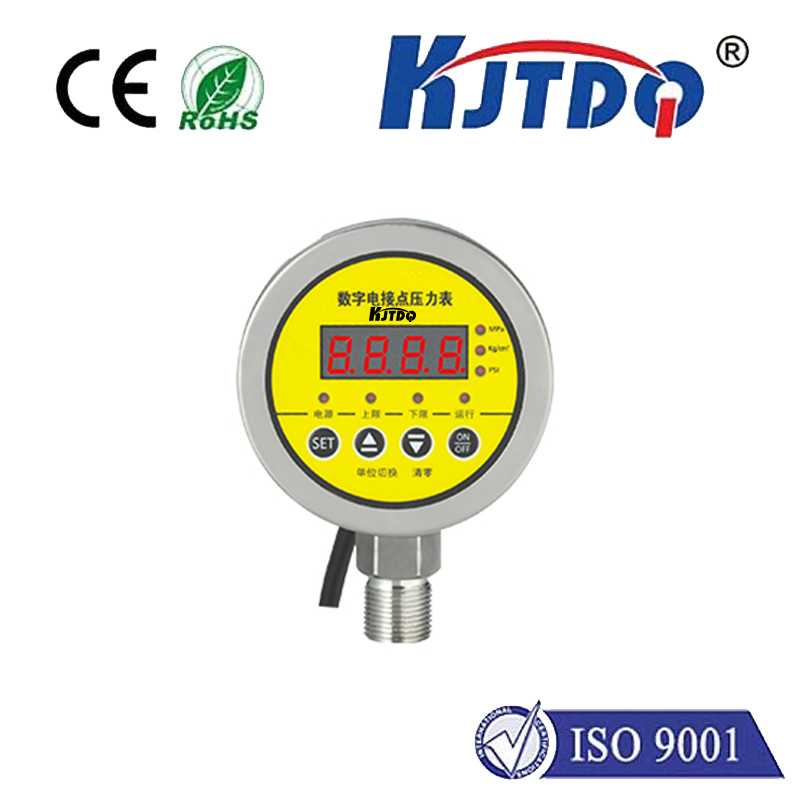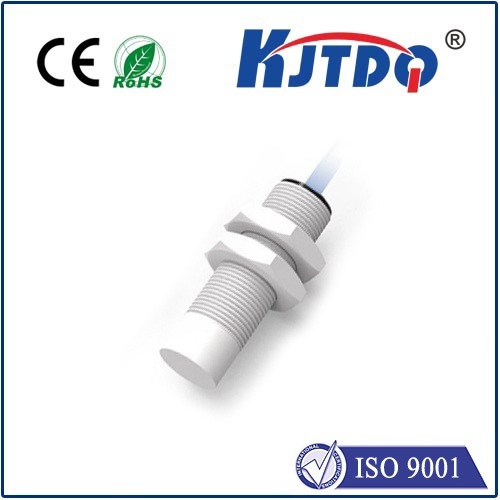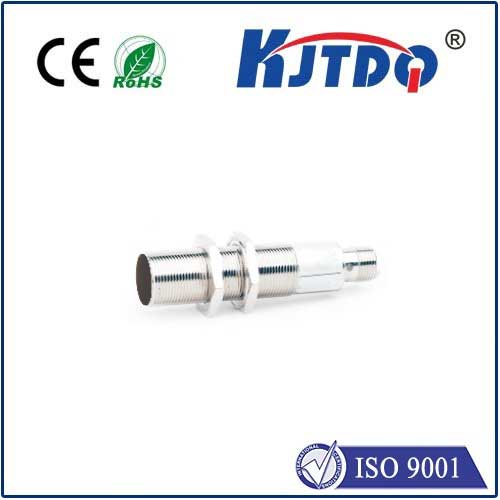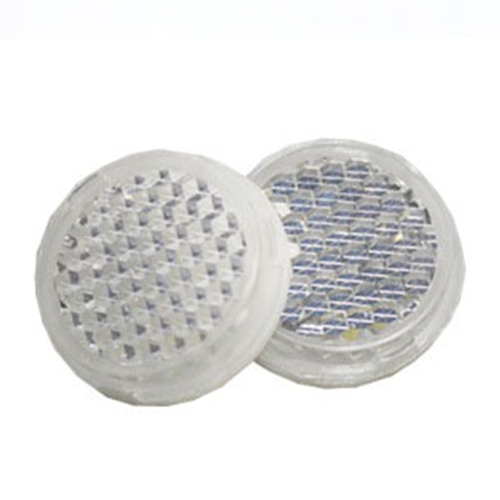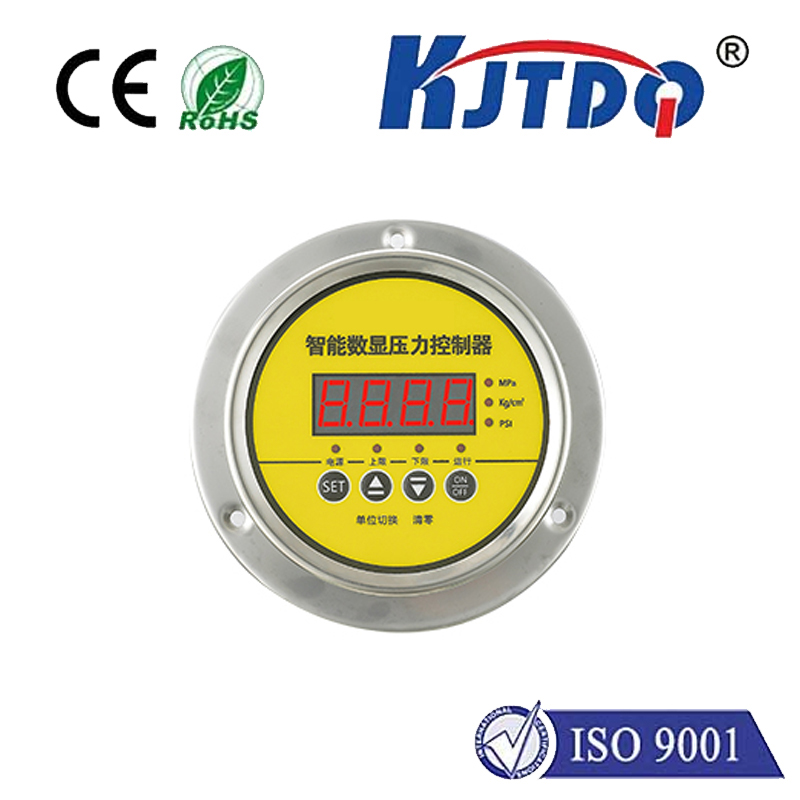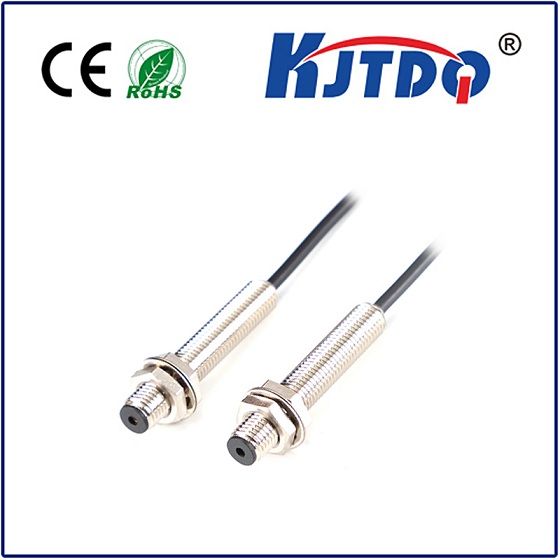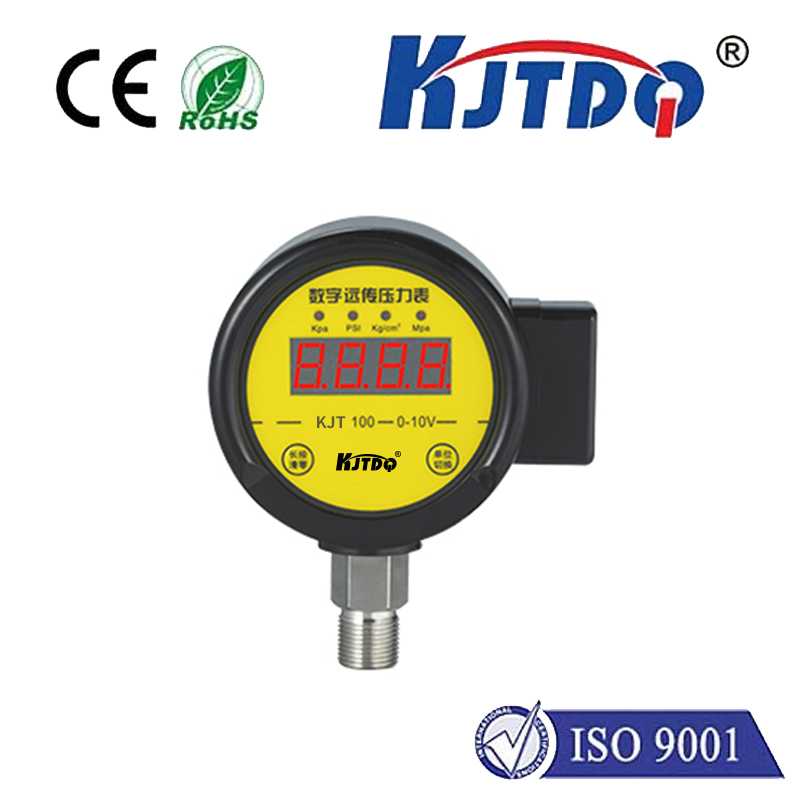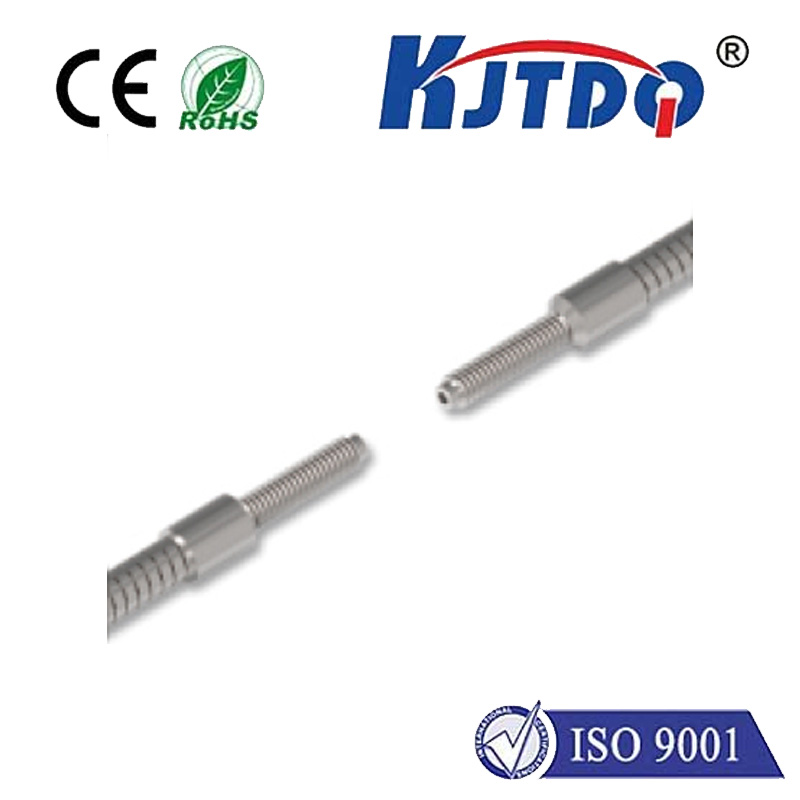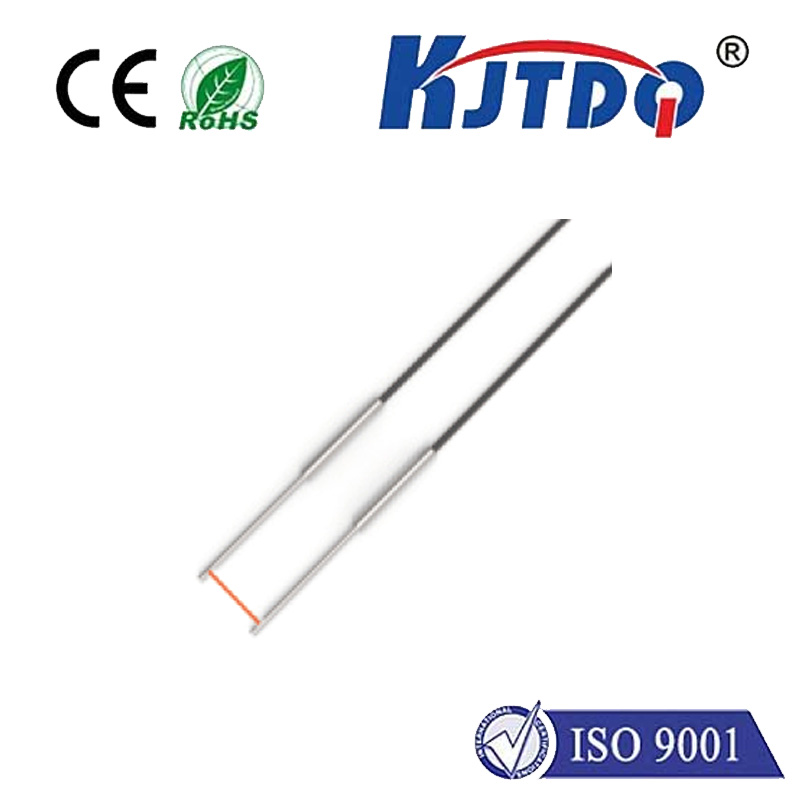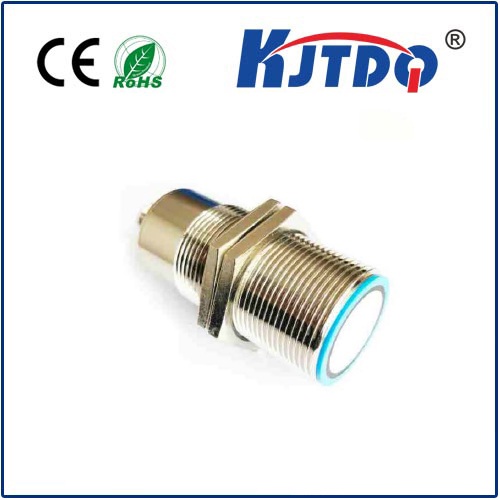BES00HJ proximity sensor
- time:2025-10-15 06:37:46
- Click:0
BES00HJ Proximity Sensor: Delivering Precision Sensing Power for Industrial Automation
In the relentless rhythm of modern manufacturing and automation, the unseen heroes often make the most significant impact. Among these, proximity sensors stand as fundamental sentinels, enabling machines to perceive their environment without physical contact. Enter the BES00HJ series, a specific class of inductive proximity sensors engineered for robust performance and unwavering reliability in demanding industrial landscapes. More than just a component, it represents a critical tool for enhancing operational efficiency, ensuring equipment safety, and driving seamless production flow.
Think of a high-speed bottling line, robotic arms performing complex welds, or CNC machines operating with micron-level precision. At the heart of these operations, countless sensors silently detect object presence, position, or absence. A single sensor failure can cascade into costly downtime, scrap material, or even safety incidents. This is where the precision and durability of sensors like the BES00HJ become paramount. Designed specifically for the harsh realities of factory floors – vibration, temperature extremes, metal debris, coolants – this sensor isn’t just sensing; it’s ensuring continuity.
Unpacking the Core of the BES00HJ Proximity Sensor
The BES00HJ belongs to the category of inductive proximity sensors. This technology relies on creating a high-frequency electromagnetic field from an internal coil. When a metallic object (the “target,” typically ferrous metals like steel or iron) enters this field, it induces eddy currents within the target. These currents absorb energy, causing a measurable change within the sensor’s oscillator circuit. This change triggers its output signal (commonly PNP or NPN switching), alerting the control system that an object is within the defined sensing range.

So, what sets the BES00HJ apart within this established technology?
- Exceptional Sensing Range & Precision: While specific sensing distances vary based on the exact variant (noted by a suffix after “HJ,” like “HJ-…” indicating the sensing distance factor), the BES00HJ series is renowned for offering longer or optimized sensing distances compared to standard sensors of similar size. This capability proves invaluable for detecting objects slightly further away or accommodating installation tolerances without sacrificing detection reliability. It provides a vital margin of error built into the system.
- Robust Industrial Build: Constructed typically in a nickel-plated brass housing, the BES00HJ offers excellent resistance to corrosion and mechanical stress. Its standard design often features an M12 thread, making mounting straightforward and compatible with countless industrial fixtures. Critically, it boasts a high IP67 (or sometimes higher) ingress protection rating. This means it is completely protected against dust and can withstand immersion in water up to 1 meter for limited periods. This resilience is indispensable in environments exposed to washdowns, coolants, or dusty conditions.
- Extended Temperature Resilience: Industrial environments aren’t climate-controlled offices. The BES00HJ is engineered to perform reliably across a wide operating temperature range, often spanning from -25°C up to +70°C (or beyond). This thermal stability ensures consistent detection whether operating in a freezing cold warehouse or near a scorching hot furnace, eliminating sensor drift due to temperature fluctuations.
- Electrical Performance & Compatibility: Featuring selectable PNP Normally Open (NO) or NPN Normally Open (NO) output configurations (again, dependent on the specific suffix code), the BES00HJ offers flexibility to integrate seamlessly with various PLCs (Programmable Logic Controllers) and control systems prevalent in automation. Key electrical characteristics like its rated operating voltage (commonly 10-30V DC) and switching frequency ensure it keeps pace with demanding, high-speed production cycles.
- Flush Mounting Capability: Many variants within this series support flush mounting. This design allows the sensor face to be mounted flush with (or embedded within) a metal bracket without causing unintended triggering of the sensor itself. This prevents interference from the mounting surface and enables installation in tight spaces.
Where Reliability Matters Most: Key Applications
The rugged characteristics and dependable performance of the BES00HJ inductive proximity sensor make it a go-to solution across a multitude of industrial sectors:
- Automotive Manufacturing: Detecting parts on assembly lines, monitoring robot arm positions, confirming fixture clamping, ensuring presence in welding cells. Its resilience to vibration and contamination is crucial here.
- Material Handling & Packaging: Verifying object presence on conveyors, counting items, detecting pallet positions, controlling gate mechanisms. The long sensing range helps manage varying material heights and speeds.
- Machine Tooling & CNC Machining: Monitoring spindle positions, detecting tool presence or changes, safeguarding access doors, confirming workpiece clamping or transfer. Precision and resistance to coolant/cutting fluids are paramount.
- Food & Beverage Processing: Position detection on filling lines, packaging machines, and conveyors (especially where washdowns are frequent). The IP67 rating is essential for hygiene and environmental resilience.
- Heavy Machinery: Position feedback on hydraulic cylinders, detecting bucket angles, monitoring component movement within large equipment exposed to extreme environments. Robustness is non-negotiable.
- General Factory Automation: End-stop detection, verifying cylinder positions, object counting, presence detection in machinery and safety interlocks – virtually any application requiring reliable, non-contact detection of metal objects.
The Tangible Advantages Driving Adoption
Choosing the BES00HJ proximity sensor translates directly into tangible operational benefits:
- Minimized Downtime: Its proven durability and resistance to environmental factors significantly reduce unexpected sensor failures, keeping production lines running and maximizing overall equipment effectiveness (OEE).
- Enhanced Process Reliability: Accurate and consistent detection, even at extended ranges or in challenging conditions, ensures processes run as intended, improving quality and reducing waste.
- Improved Safety: Reliable detection plays a critical role in safety interlocks (e.g., confirming guards are closed before machine start) and preventing collisions between moving parts.
- Reduced Maintenance Costs: The robust construction and sealed design lead to a long operational lifespan, lowering the total cost of ownership compared to less durable alternatives.
- Simplified Integration & Replacement: Standard M12 threading and prevalent electrical outputs (PNP/NPN) mean the BES00HJ integrates easily into existing systems and serves as a reliable replacement for failed sensors without complex retrofitting.
Implementing the BES00HJ: Key Considerations for Success
To harness the full potential of this sensor, attention to detail during installation and operation is vital:
- Target Material Matters: Remember, inductive sensors primarily detect ferrous metals. While they also sense non-ferrous metals (like aluminum or copper), the effective sensing range is reduced. Always consult the specific sensor’s datasheet for correction factors related to different target materials.
- Mind the Surroundings: Avoid mounting the sensor near large masses of metal not intended as the target, as this can influence the sensing field and cause unexpected behavior. Maintain sufficient clearance as recommended.
- Voltage & Polarity: Ensure the sensor is powered within its specified voltage range (typically 10-30V DC) and






